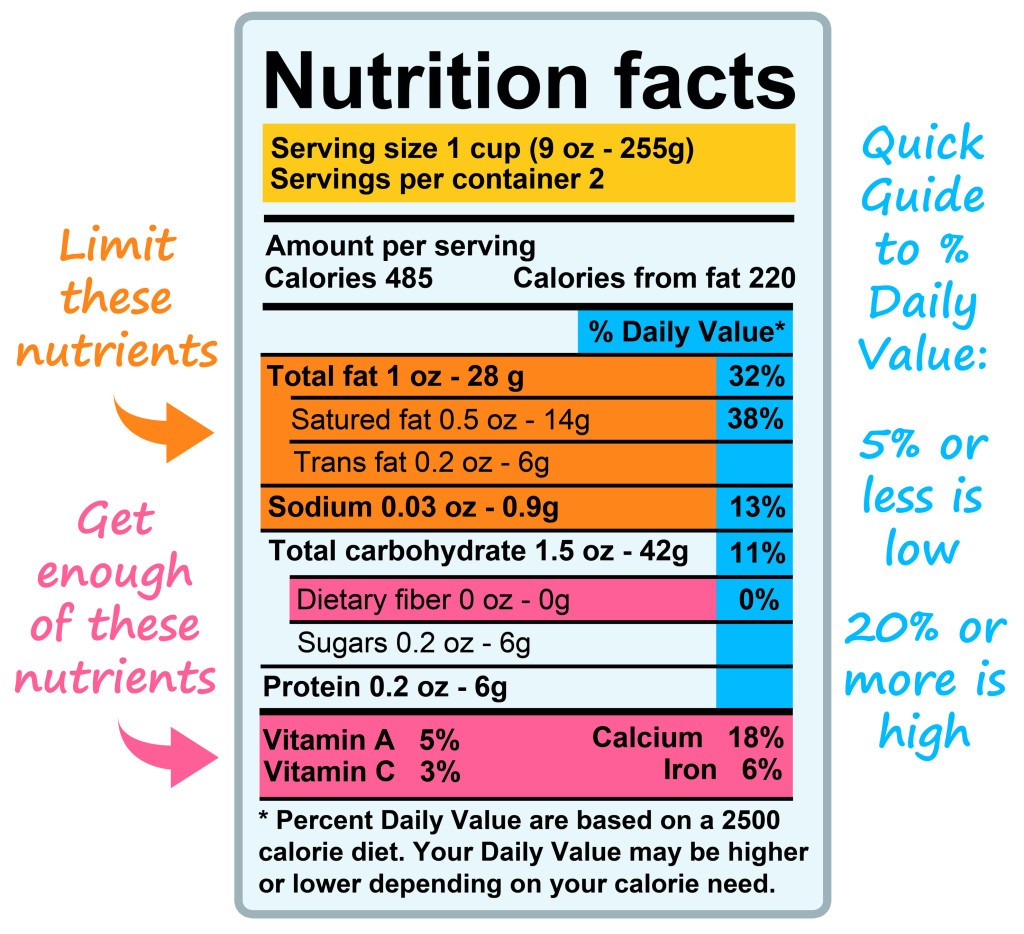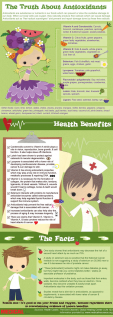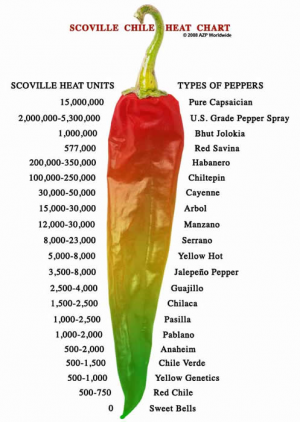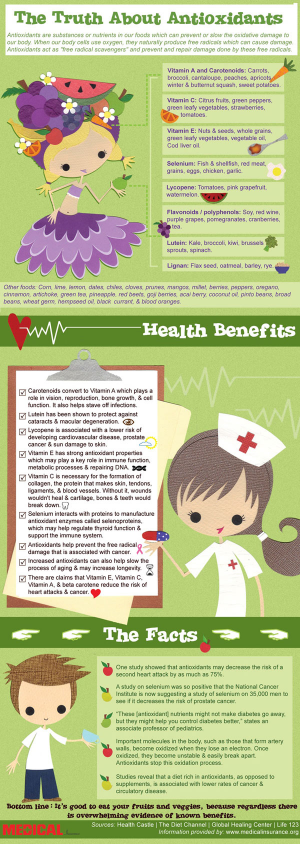Understanding Nutritional Information Labels
These days, most any food or drink product that you can buy in the shops has a nutritional information labels on it. The labels are required by law, as people in countries around the world have demanded that their governments make food producers tell consumers what’s in the food they eat and how it will affect their health. There’s always a lot of information to be found on the labels, but with a little bit of knowledge they don’t have to be too confusing!
Serving Size – Since most meal plans and special diets tell you much of each type of food you should eat a day in “servings”, the serving size tells you how much a serving is and how many servings are included in each container. All the following information relates to one serving of the product.
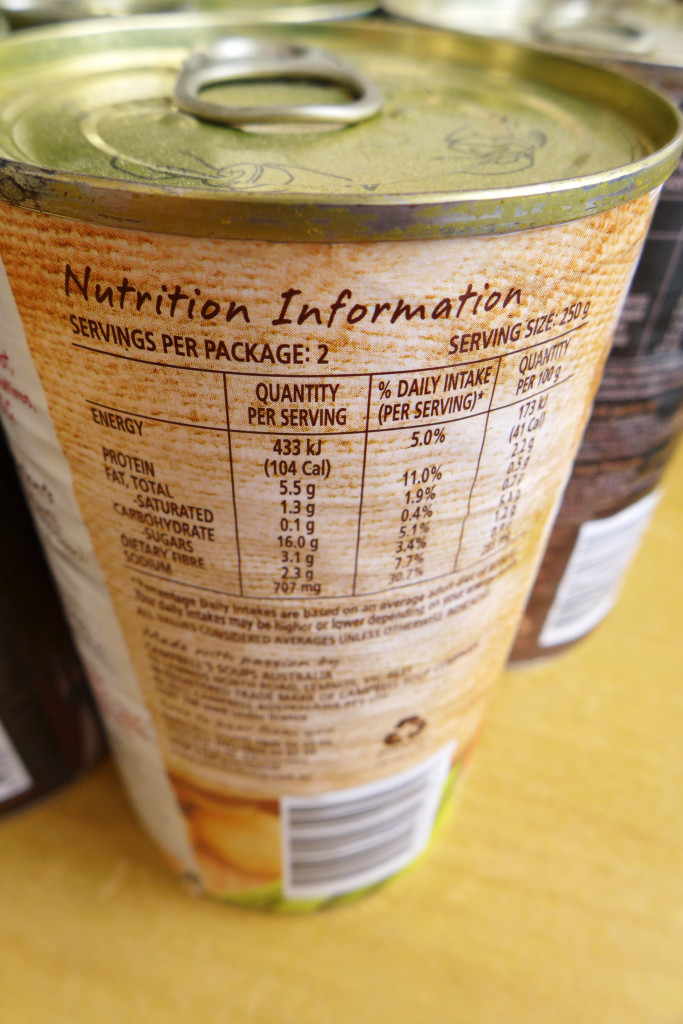 Calories – The amount of energy you get from the food is measured in calories, since many people plan their meals by number of calories they should consume each day.
Calories – The amount of energy you get from the food is measured in calories, since many people plan their meals by number of calories they should consume each day.
% Daily Value – These numbers are based on a recommended diet. As in our example, if your recommended intake of fat for one day was 88g, and one serving of this food product has 28g of fat, then you would get 32% of the fat you should eat in one day if you ate that serving.
Nutrients – Nutrients include things like fat, sodium (salt), carbohydrates (sugars and starches), protein, vitamins, and minerals (things like calcium and iron) that the human body needs to survive and keep healthy. However, we need these different nutrients in differing amounts, so food labels help us to know if we’re getting too much, too little, or just enough of what we need to be healthy.

